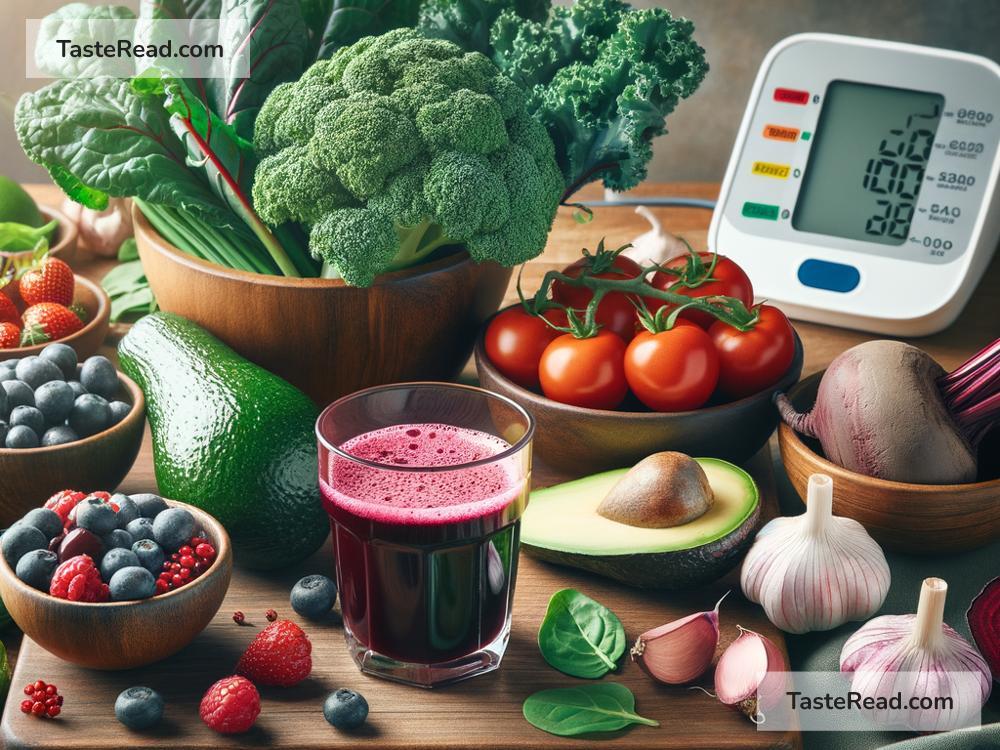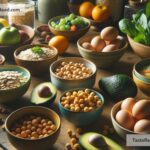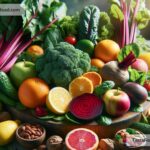Foods for Reducing Hypertension: Eat Smart for a Healthier Heart
High blood pressure, also known as hypertension, is a common health issue that affects millions of people worldwide. It increases the risk of heart disease, stroke, and other serious conditions. The good news? By choosing the right foods, you can help lower your blood pressure and protect your heart. In this blog post, we’ll explore foods that are known to reduce high blood pressure and how to incorporate them into your daily life.
What Is Hypertension?
Before diving into the foods that can help, it’s important to understand what hypertension is. Blood pressure is the force of your blood pushing against the walls of your arteries. If it’s consistently too high, it can cause damage over time. Normal blood pressure is typically around 120/80 mmHg, while readings above 140/90 mmHg are considered high.
Hypertension can develop due to factors such as stress, poor diet, lack of physical activity, excessive salt intake, and genetic predisposition. But with the right lifestyle changes, including a healthier diet, you can keep your numbers in a safer range.
Foods That Help Lower Blood Pressure
Here are some foods that are known to tackle hypertension and promote overall heart health:
1. Leafy Greens
Leafy greens like spinach, kale, and broccoli are rich in potassium. Potassium helps your body get rid of extra sodium through urine, which can lower blood pressure. Try adding these greens to salads, smoothies, stir-fries, or soups. They’re versatile and easy to incorporate into your meals.
2. Berries
Berries, especially blueberries and strawberries, are packed with antioxidants called flavonoids. These compounds help improve your blood vessel function and reduce blood pressure. You can enjoy berries as a snack, on top of oatmeal, or blended into yogurt for a heart-friendly treat.
3. Beets
Beets contain nitrates, which help relax and widen your blood vessels, leading to lower blood pressure. Drinking beet juice or roasting beets for a side dish is a delicious way to reap their benefits. If you’re not used to eating beets, try adding them to a salad.
4. Bananas
Bananas are another great source of potassium. They make an easy snack and can be added to smoothies or sliced on top of cereal. Swapping processed snacks for a banana is a smart choice for managing hypertension.
5. Oats
Oats are full of fiber, which is excellent for heart health and lowering blood pressure. Start your day with a bowl of oatmeal made with low-fat milk or almond milk. For added flavor, toss in some fresh fruit and nuts.
6. Garlic
Garlic has been praised for its medicinal properties, including its ability to lower blood pressure. It contains a compound called allicin, which improves blood circulation. Adding garlic to your meals, such as soups, sauces, or stir-fries, is a tasty way to include this superfood in your diet.
7. Fish Rich in Omega-3s
Fatty fish like salmon, mackerel, and tuna are high in omega-3 fatty acids, which help reduce inflammation and lower blood pressure. Eating fish at least twice a week can contribute to a healthier heart. Opt for grilled or baked options rather than fried fish.
8. Dark Chocolate
Good news for chocolate lovers! Dark chocolate (with at least 70% cocoa) contains flavonoids that can improve blood vessel function and lower blood pressure. However, keep portions small—too much chocolate can add excess sugar and calories to your diet.
9. Unsalted Nuts and Seeds
Almonds, walnuts, chia seeds, and flaxseeds are packed with heart-healthy nutrients like magnesium, potassium, and fiber. Choose unsalted options to avoid extra sodium. Add them to your oatmeal, salads, or eat a handful as a snack.
10. Legumes
Beans, lentils, and chickpeas are rich in fiber and potassium, which help lower blood pressure. They are also an excellent source of plant-based protein. Make lentil soup, bean salad, or add chickpeas to your curry for a heart-healthy meal.
11. Low-Fat Dairy
Low-fat or fat-free dairy products like milk, yogurt, and cheese are good sources of calcium, which is important for blood pressure regulation. Calcium-rich foods help keep blood vessels flexible and reduce hypertension risk.
Foods to Avoid
While eating the right foods can help manage hypertension, it’s equally important to avoid certain foods that raise blood pressure. Limit your intake of:
- Salty snacks and processed foods: High in sodium, which contributes to hypertension.
- Sugary drinks and desserts: Excess sugar can lead to weight gain, which increases blood pressure.
- Alcohol: Drinking too much alcohol can raise blood pressure and harm your heart.
- Fried and fatty foods: High levels of saturated fats can clog your arteries and harm your heart health.
Conclusion
Managing hypertension doesn’t mean you have to give up delicious food—it’s about making smarter choices. Focus on adding potassium-rich fruits and vegetables, healthy fats, fiber, and low-sodium options to your meals. Combine a good diet with regular exercise, healthy sleep habits, and stress management for even better results.
Remember, small changes in your diet can have a big impact on your health. So, start incorporating these blood pressure-friendly foods into your daily routine and give your heart the care it deserves!


